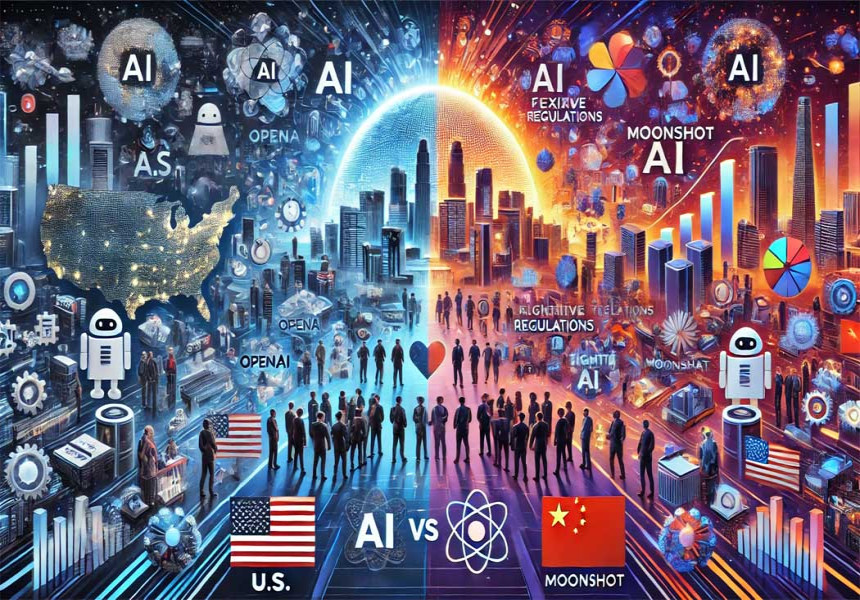The Decline of Social Media Engagement: How Algorithms Are Shaping User Experience
Social media platforms have become central to communication, marketing, and social interaction, but recent trends show a notable decline in engagement rates across many platforms, alongside growing concerns about the negative effects of social media algorithms.
Lowest Engagement on Social Media: Trends and Causes
Recent data reveals that engagement rates on major social media platforms such as Instagram, Facebook, Twitter (now X), and TikTok have declined significantly in recent years. For instance, Twitter experienced a 48% drop in engagement rates, Facebook 36%, Instagram 16%, and TikTok 34%. TikTok, despite being the platform with the highest engagement overall, has seen its crown slip with an average engagement rate of only 1.5% in early 2025, with some industries like Marketing Agencies and Technology recording even lower rates.
Certain industries struggle more than others. Health & Beauty, for example, has the lowest engagement across platforms due to market saturation and competition. Facebook’s engagement in Media and Entertainment is particularly low at 0.8%. These declines are attributed to factors such as content saturation, changes in posting frequency, and evolving audience preferences.
Brands and content creators often see low engagement because of common mistakes such as not interacting enough with other accounts in their niche, failing to identify their audience’s preferred platforms, or producing content that does not resonate with followers.
To combat this, experts recommend increasing authentic engagement, leveraging popular content formats like carousels and photos, and using relevant hashtags to connect with audiences.
Negative Effects of Social Media Algorithms
Social media algorithms are designed to maximize user engagement by curating content feeds tailored to individual preferences. These algorithms analyze user behavior—likes, comments, shares, time spent on posts—to deliver content that provides satisfying dopamine hits, keeping users hooked on the platform.
While this benefits platform revenue and brand exposure, it has several negative consequences:
- Echo Chambers and Filter Bubbles: Algorithms tend to show users content similar to what they have engaged with before, creating echo chambers that limit exposure to diverse viewpoints and reinforce existing beliefs.
- Distorted Social Learning: Human social learning—observing and mimicking others—is disrupted by algorithmic filtering. This can lead to misperceptions about social norms and facilitate the spread of misinformation and extreme views.
- Mental Health Risks: The addictive nature of algorithms encourages prolonged screen time, which is linked to poor sleep quality, anxiety, depression, and other mental health concerns, especially among youth. Vulnerable groups may be exposed to harmful content such as unrealistic beauty standards, cyberbullying, or content that exacerbates low self-esteem.
- Content Overload and Fatigue: With the vast volume of content pushed by algorithms, users can experience fatigue and disengagement, contributing to the overall decline in engagement rates.
The lowest engagement rates on social media today reflect a complex interplay of user behavior, content strategy, and algorithmic influence. While platforms and brands strive to boost engagement through better content and interaction, the underlying social media algorithms—designed to maximize user attention—also contribute to negative effects such as echo chambers, misinformation, and mental health challenges.
Addressing these issues requires both strategic content planning and thoughtful algorithm adjustments to promote healthier, more meaningful social media experiences.
This overview synthesizes recent benchmark reports and research findings on social media engagement and algorithmic impact.









